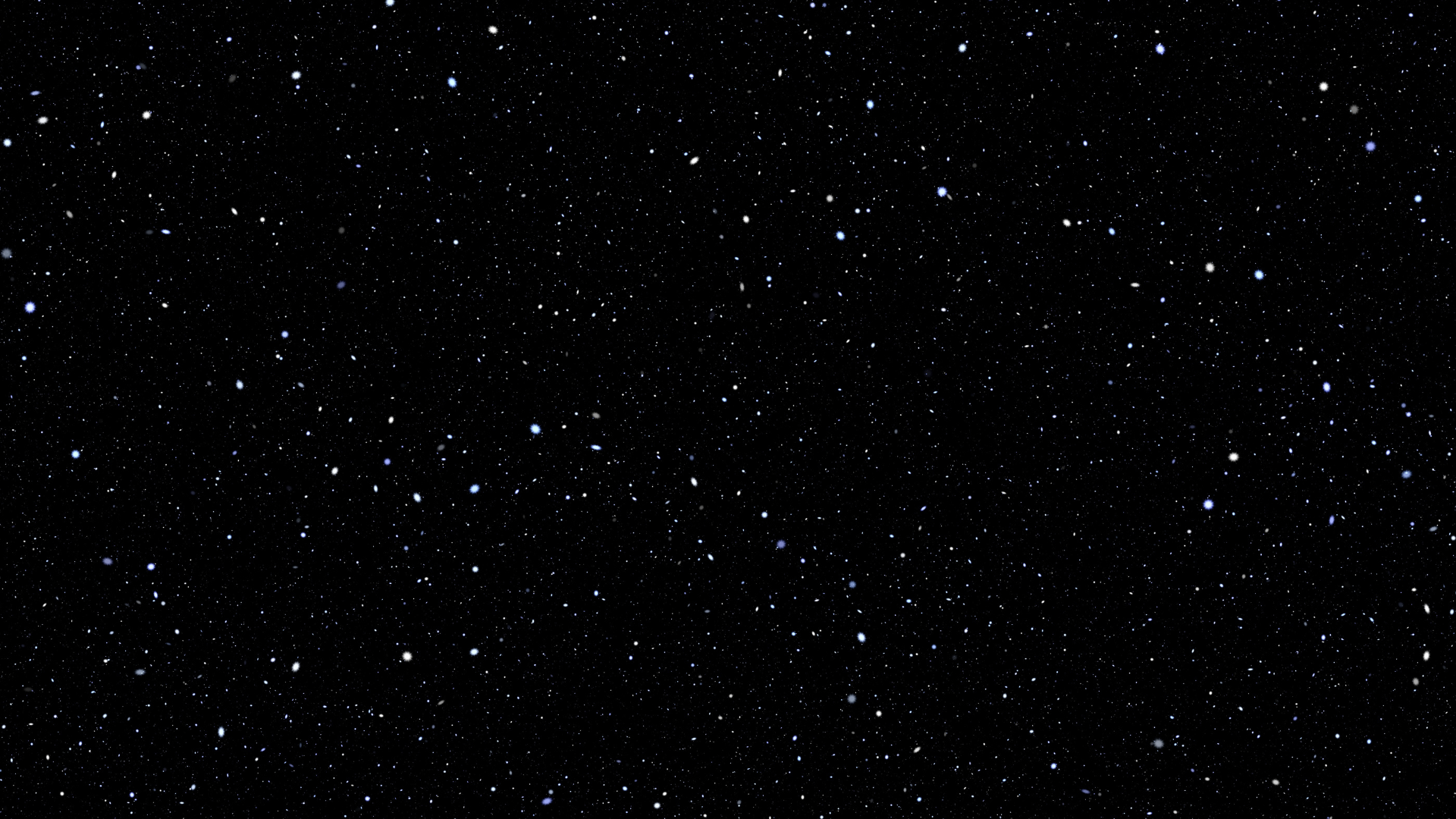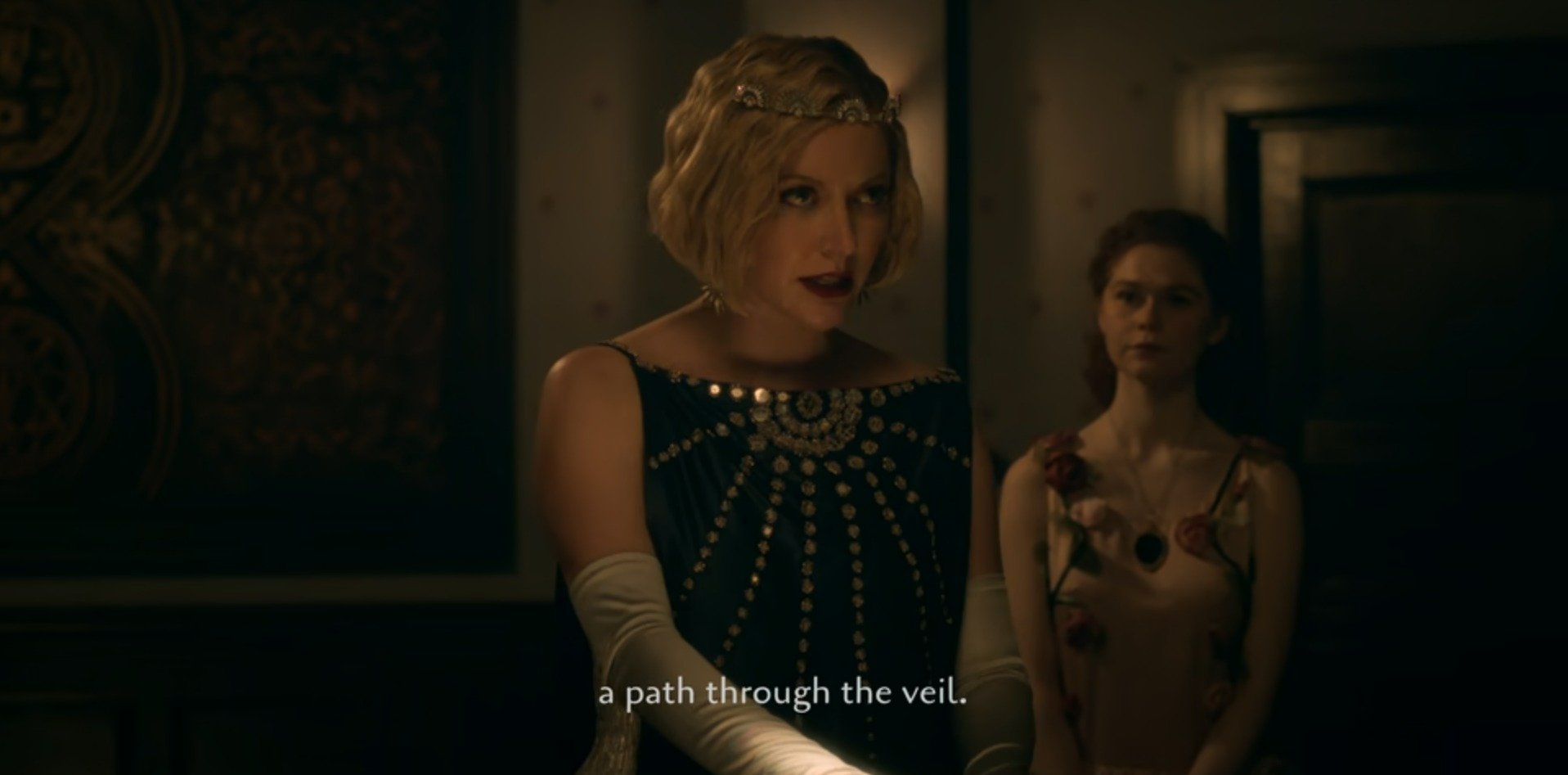Based on the eponymous supernatural horror podcast, Archive 81 unveils a world blending occult, mythological, familiar, parapsychological, and Lovecraftian elements, all revolving around the archival process of restoring video tapes to reconstruct an enigmatic story from the past. An archivist with a tragic history that binds him to the case unearths secrets involving cults, demons, summoning rituals, sacrifices, a place with obscure patterns of mold with seemingly hallucinatory properties (referred to as stardust or the body and blood of the god), and glimpses into a temporally disorienting Otherworld – by replaying unseen footage which ends up gradually unravelling a spell between two worlds. During the video restoration process, he is plagued by a ghostly apparition of the same god/demon worshipped by cults of the past, trying to cross over from another realm via technology.
Kaelego is an entity that can be invited into the world through a bloody ritual that requires the presence of a victim, a demonic statue, a “Baldung” witch, obscure chanting and humming, and has to be synchronised with the passing of Comet Kharon (referring to the ferryman of Hades in Greek mythology) over Earth. The arrival of the demonic god – both healing and destructive – is associated with the end of the world as it is; one of the worshippers thinks that it would lead to a purge, to the salvation of humanity from ‘itself’, from war and sickness, and that Kaelego could grant people eternity, whilst the Baldung see the being as a spirit of destruction.
The show has its own fictional mythology that doesn’t fully allude to any particular real-life myths or organisations. The cosmic religious component is reminiscent of the UFO cult Heaven’s Gate, whose members synchronised ritual suicides with the approach of a comet, holding the belief that a spacecraft was connected to the cosmic body and their consciousness would be transferred onto it and ascend to another plane of existence. The cult members also recorded farewell messages on videotapes. The occult snuff film and The Circle, as referred to in the show, as well as the Visser are entirely fictional. “Baldung” witches are not based on real witches – the term is a reference to artist Hans Baldung known for his depictions of witchcraft in paintings.

